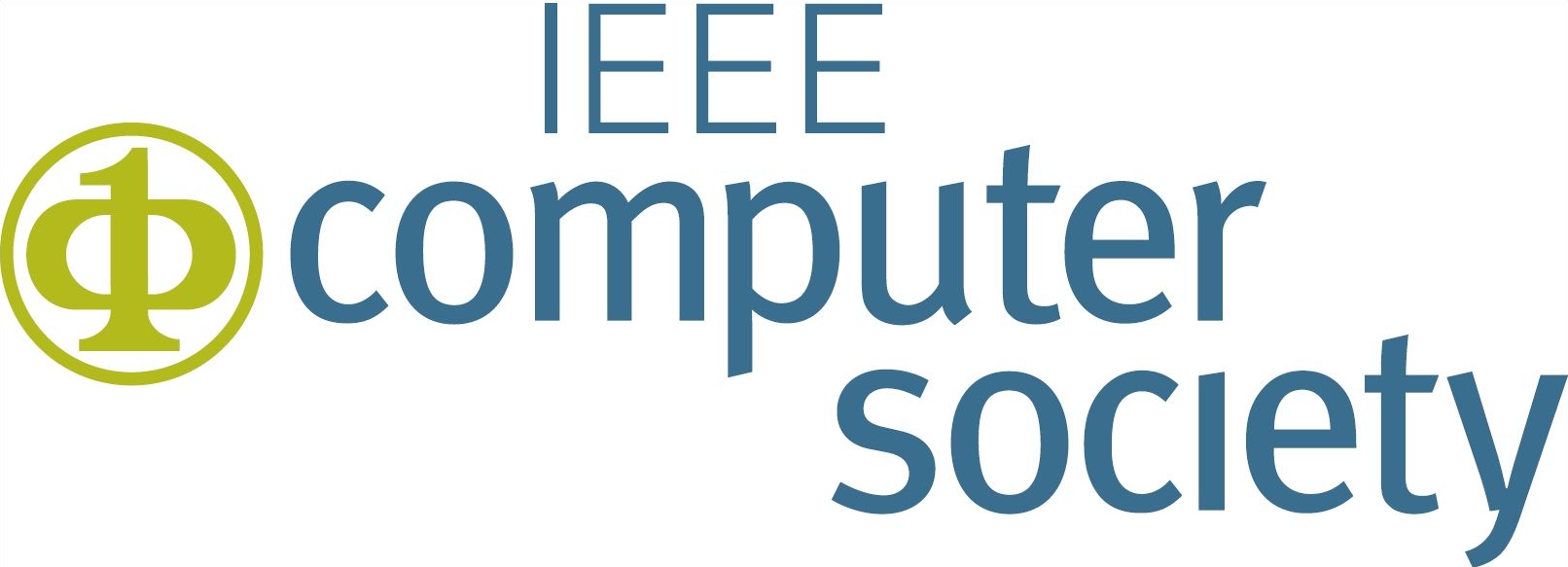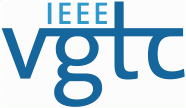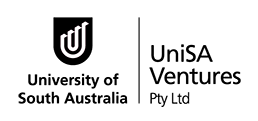





A Comparison of Predictive Spatial Augmented Reality Cues for Procedural Tasks
Benjamin Volmer, James Baumeister, Stewart von Itzstein, Ina Bornkessel-Schlesewsky, Matthias Schlesewsky, Mark Billinghurst, and Bruce H Thomas.
A comparison of predictive spatial augmented reality cues for procedural tasks.
IEEE Transactions on Visualization and Computer Graphics (To appear), 2018.
[BibTeX▼]
Abstract
Abstract--- Previous research has demonstrated that Augmented Reality can reduce a user's task response time and mental effort when completing a procedural task. This paper investigates techniques to improve user performance and reduce mental effort by providing projector-based Spatial Augmented Reality predictive cues for future responses. The objective of the two experiments conducted in this study was to isolate the performance and mental effort differences from several different annotation cueing techniques for simple (Experiment 1) and complex (Experiment 2) button-pressing tasks. Comporting with existing cognitive neuroscience literature on prediction, attentional orienting, and interference, we hypothesized that for both simple procedural tasks and complex search-based tasks, having a visual cue guiding to the next task's location would positively impact performance relative to a baseline, no-cue condition. Additionally, we predicted that direction-based cues would provide a more significant positive impact than target-based cues. The results indicated that providing a line to the next task was the most effective technique for improving the users' task time and mental effort in both the simple and complex tasks.

















